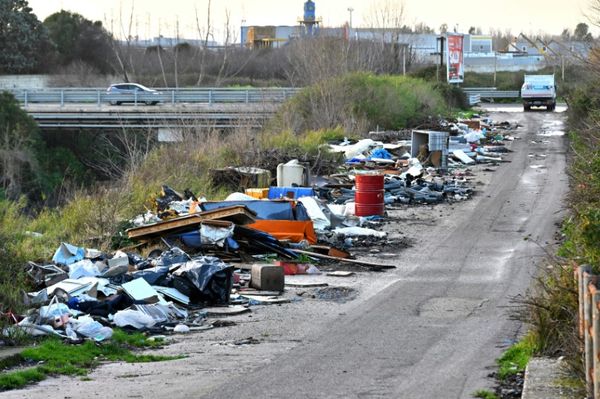Caterpillar (CAT) said Tuesday it will begin moving its corporate headquarters to the Dallas-Fort Worth area later this year, marking the second major multi-national to exit the greater Chicago area over the past two months.
Caterpillar said it will start the transition of its global headquarters later this year to the group's existing site in Irving, Texas. Caterpillar moved last moved its corporate headquarters from Peoria, Illinois to the Chicago suburb of Deerfield in 2017.
Last month, Boeing (BA) said it would leave the city of Chicago and set up a new corporate headquarters in the the suburbs of Washington, D.C., a move seen widely as an effort to mprove its relationship with regulators following a very public scolding by the Federal Aviation Administration.
More than 60 companies relocated to Texas last year, according to data from the YTexas business lobby, with most shifting their headquarters from higher state tax jurisdictions such as California, including clean-energy carmaking giant Tesla. (TSLA).
Texas has no corporate tax rate, nor does it have a state-mandated levy on individual income. Illinois' corporate tax rate is 9.5%.
"We believe it's in the best strategic interest of the company to make this move, which supports Caterpillar's strategy for profitable growth as we help our customers build a better, more sustainable world," said CEO Jim Umpleby.
Caterpillar shares were marked 0.1% higher in late-day trading following news of the move to change hands at $207.50 each, a move that would nudge the stock into positive territory for the year.
Caterpillar posted better-than-expected first quarter earnings of $2.88 per share in late April, with revenues rising 14% from the same period last year to $13.59 billion.
However, the group cautioned the China's zero-Covid policies would trim near-term construction and farm equipment demand, while higher input costs would pressure near-term margins.







